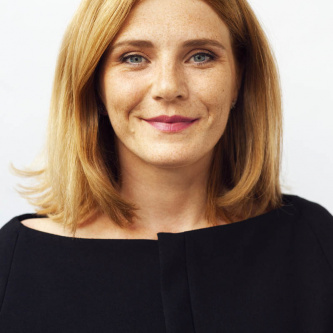
Simultaneous interpretation
This is the most convenient method, both for the speaker, and the audience. It is perfect from the point of view of speech dynamics and speaker-audience interactions. How does it work? A pair of interpreters sit in a soundproof booth at the end of the room, and interpret the speech as the speaker is saying it. The audience members who need interpretation get it simultaneously in their headphones; those who do not are not bored by having to listen to everything twice. Are there questions in the audience? No problem! As long as they are spoken into a microphone, they get translated back to the speaker’s language.

Consecutive interpretation
While slightly more challenging from the point of view of speech dynamics, it can, with the right speaker-interpreter chemistry, be as successful as simultaneous interpretation in transmitting the desired contents and feelings, and it does not take as much space and equipment. In this method, the interpreter stands next to or slightly away from the speaker. Every couple of sentences, the speaker takes a break, and the interpreter takes over.
If a dynamic presentation and lively speaker-interpreter interaction are not essential, e.g. in business negotiations, during an audit or an interview, speech portions can be much longer. A professional interpreter, skilled in the art of notation, can interpret pieces up to 10 minutes long without losing any relevant information.

Linguistic assistance
Going to an institution or office in a foreign country can be stressful. Not only is there a language difference, but sometimes the cultural expectations differ as well. In such situations, a skilled interpreter will not only translate every word one to one, but also provide additional support, give advice and support both parties in reaching an understanding.
